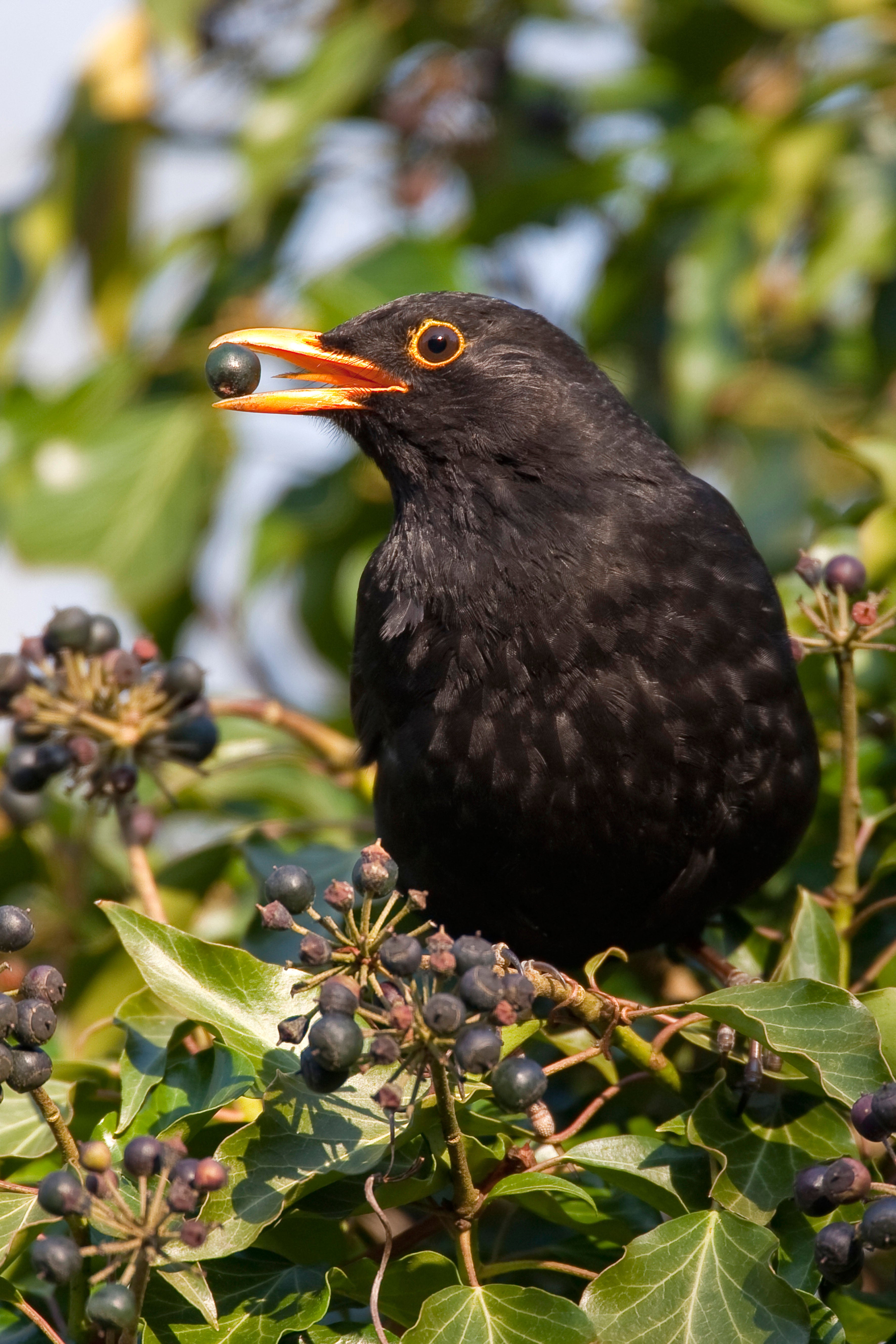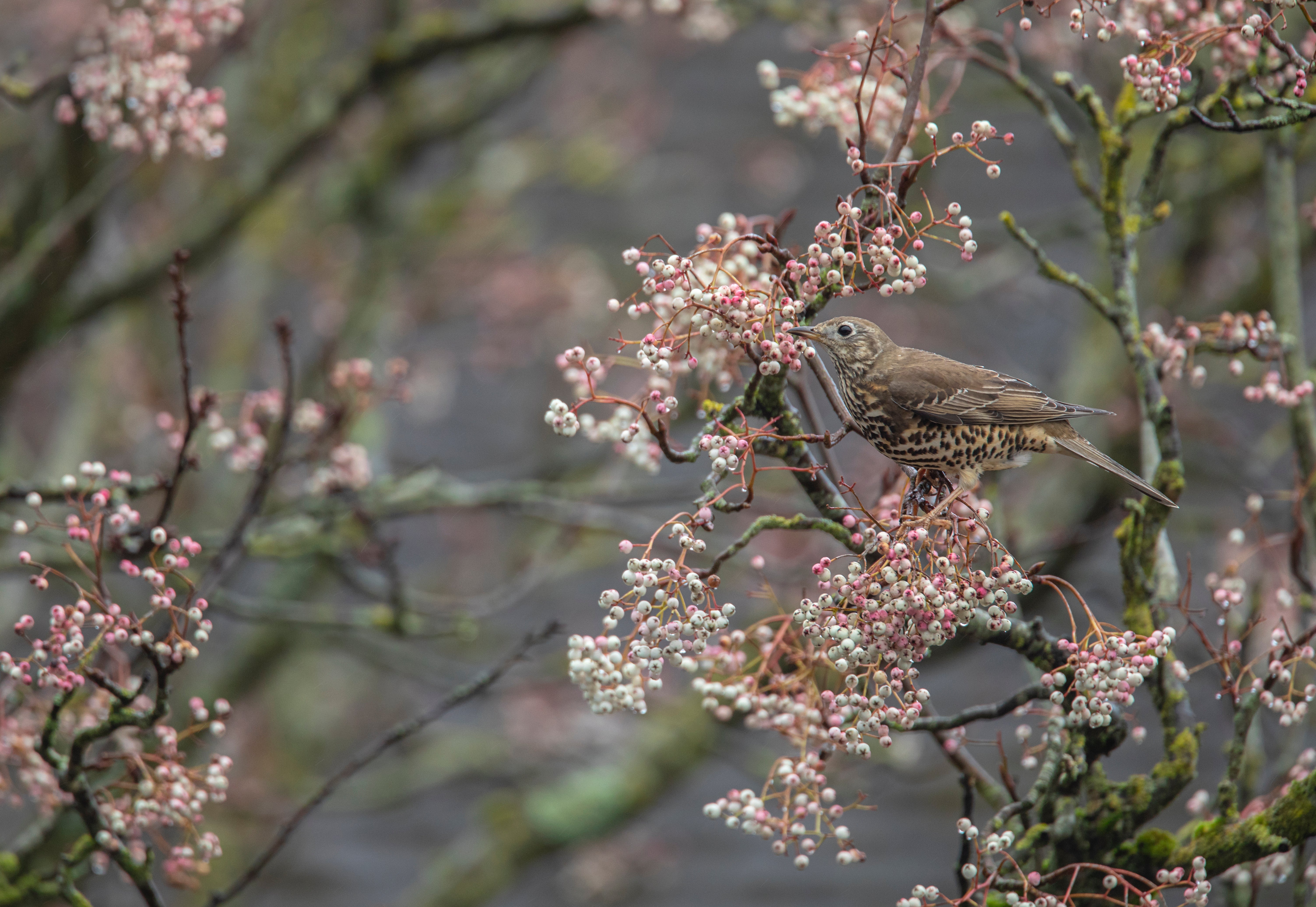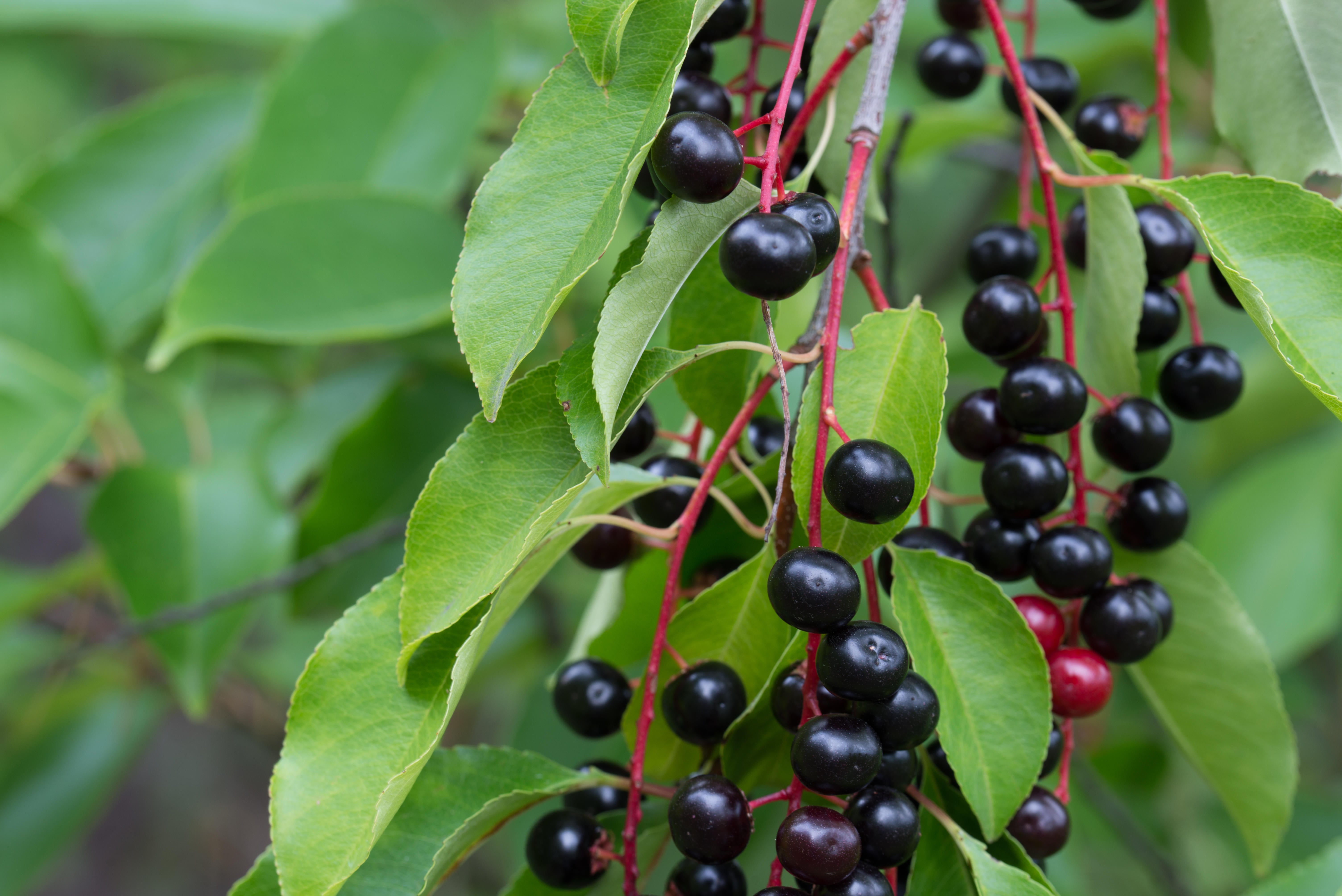
Berry-bearing shrubs and trees provide an almost guaranteed way to support garden birds preparing for winter.
But birds exhibit clear preferences, says Adrian Thomas, an RSPB wildlife gardening expert.
“In particular, birds seem to prefer red berries, but that doesn’t mean that more unusual colours are to be avoided,” Mr Thomas says.
Berries ripening to pink, white, or yellow often persist into the colder months, becoming a crucial food source when birds like waxwings are in desperate need.
The deep connection between birds and berries is even reflected in their names, with the mistle thrush, for instance, known for its fondness for mistletoe.
Mr Thomas says he “wouldn’t be without” lots of berry-bearing plants in the garden.
“To see flocks of birds descend on them in a feeding frenzy is always exciting, and if any of the feast lasts until winter, the chance of attracting redwings, fieldfares or even the rare waxwing is a winter treat for us, too.”
Different berries ripen at different times, which means that with a bit of careful planning you can provide a staggered feast over many months, starting with juneberry (Amelanchier lamarckii) and going through until spring with ivy berries.
You can plant berry-bearing shrubs in borders or pots, and some can be trained up trellises, walls and fences.
Five berry-bearing climbers, shrubs and trees that Thomas thinks are indispensable in the garden are:
1. Ivy

The berries have a very high fat content. They also ripen sequentially over a long period right through until spring. You do need to allow ivy to get its ‘head into the light’ for it to flower well and hence set fruit.
Growing tips: Ivy is about the easiest plant to grow – it’s not fussy about soil (although common ivy does better in alkaline soils) and will grow in sun or shade, quickly covering difficult areas such as dry spots and stabilising the soil. Just don’t put it in an area that is permanently waterlogged.
2. Hawthorn

The red ‘haws’ are a staple in the countryside for all the common members of the thrush family – blackbird, song thrush, mistle thrush, redwing and fieldfare. Peak consumption is October to December. Their autumn flowers also provide late nectar for insects.
Growing tips: You can grow it as a specimen tree or a hedge in any garden soil in sun or partial shade. Avoid ground which is permanently waterlogged, which could rot the roots. If you are creating a new hedge, plant bare root hedging plants between October and February.
3. Holly
Remember holly bushes are either male or female, and you’ll need a female variety to be sure of winter berries. You may have to plant a male as well for pollination if there isn’t one close by. The red berries are again staples for the thrush family, plus wood pigeons.
Growing tips: Hollies are not fussy about their soil type or situation. All hollies tolerate shade although variegated varieties do better in sun. If you have limited space, go for a self-fertile one which doesn’t need a mate to produce berries, such as ‘J.C. Van Tol’.
4. Rowan

As well as the native rowan, many of the other garden varieties and cultivars are excellent for berries including the pink-berried Sorbus vilmorinii. For the native rowan, peak consumption is in August, ahead of the arrival of the winter-visiting redwings and fieldfares.
Growing tips: Again, it is not fussy, thriving in sun or partial shade, but try to grow it in moderately fertile, humus-rich soil. Pruning isn’t necessary, although you can remove dead branches in winter. While some rowans such as mountain ash can grow to around 6m, you can get smaller ones, such as the yellow-berried ‘Joseph Rock’, which makes an ideal specimen tree, reaching 4m in 10 years.
5. Bird cherry

A native tree of the northern half of the UK, the deep red berries of Prunus padus which ripen to shiny black are small which means that smaller birds such as blackcaps and robins can eat them as well as the thrushes.
Growing tips: Ideally plant this deciduous tree in autumn in moderately fertile soil in full sun. It can grow to 15m tall and almost the same in width, so you’ll need a big garden, although you can get more compact varieties such as Prunus padus ‘Albertii’.







